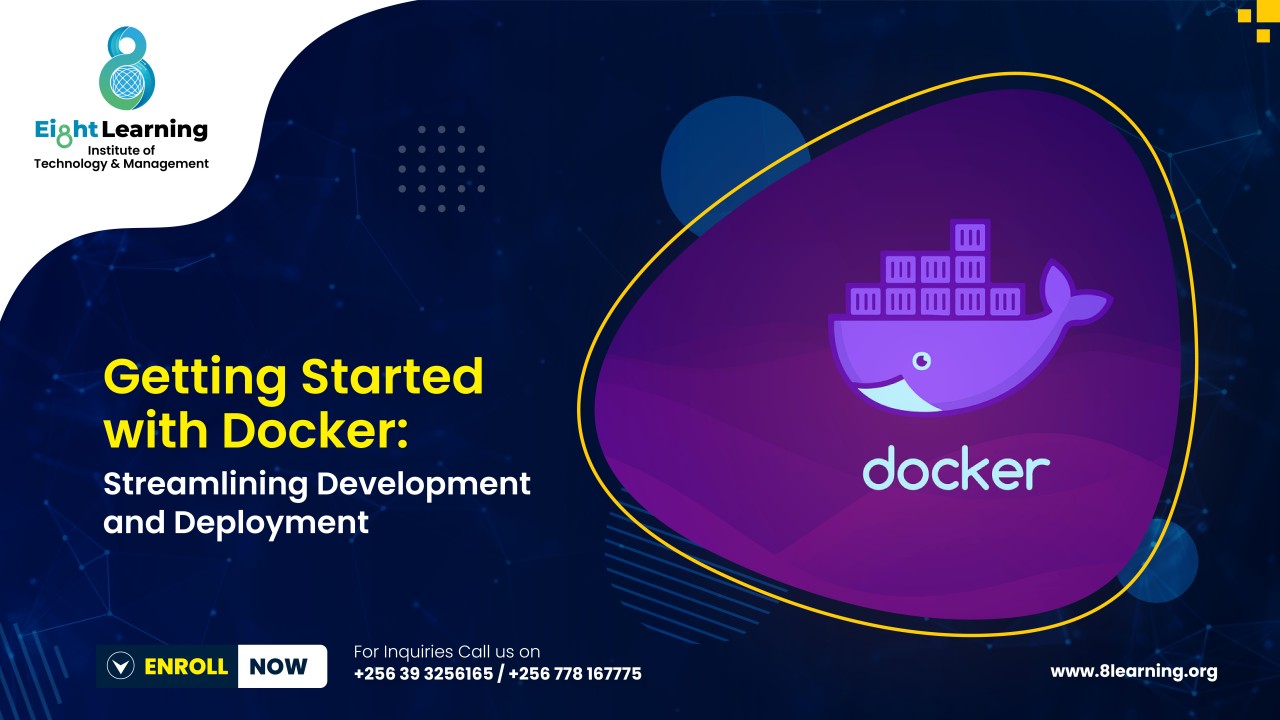In the rapidly evolving tech landscape, efficient development and deployment are crucial. Docker, a platform that allows developers to automate the deployment of applications inside lightweight, portable containers, has emerged as a game-changer. This article explores the fundamentals of Docker, its benefits, and how to get started.
What is Docker?
Docker is an open-source platform that automates the deployment of applications inside software containers. Containers bundle an application with all its dependencies, libraries, and configuration files, enabling it to run consistently across different environments.
Why Use Docker?
- Consistency Across Environments: Docker ensures that your application behaves the same in development, testing, and production environments. This eliminates the “it works on my machine” problem.
- Scalability: Containers can be easily scaled up or down to handle varying loads. Docker’s lightweight nature means it can run many containers on a single host, optimizing resource usage.
- Efficiency: Docker containers start up quickly and use fewer resources compared to traditional virtual machines. This makes them ideal for both development and production environments.
- Isolation: Each container runs in its own isolated environment, preventing conflicts between applications. This isolation also enhances security by limiting the attack surface.
Getting Started with Docker
1. Installing Docker
To get started, you need to install Docker on your machine. Docker is available for Windows, macOS, and Linux. You can download Docker Desktop, which simplifies the installation process and provides a graphical interface for managing containers.
2. Understanding Docker Images and Containers
- Docker Images: An image is a lightweight, stand-alone, executable package that includes everything needed to run a piece of software, including the code, runtime, libraries, and settings.
- Docker Containers: A container is a runnable instance of an image. You can create, start, stop, move, and delete a container using Docker commands.
3. Using Docker Hub
Docker Hub is a cloud-based repository where you can find and share container images. It hosts a vast collection of pre-built images for various applications, which can save you time and effort in setting up your environment.
Best Practices for Using Docker
- Keep Images Small: Use lightweight base images and clean up unnecessary files to reduce the image size. Smaller images are quicker to download and deploy.
- Leverage Multi-Stage Builds: Multi-stage builds allow you to use multiple intermediate images to optimize the final image, ensuring it contains only the necessary components.
- Use Docker Compose: For multi-container applications, Docker Compose simplifies the process of defining and running multi-container Docker applications. It uses a YAML file to configure your application’s services, making it easier to manage complex environments.
- Implement Security Measures: Ensure that you are running containers with the least privileges necessary. Regularly update images to incorporate security patches and use trusted sources for your base images.
Conclusion
Docker has revolutionized the way we develop, test, and deploy applications. By encapsulating an application and its dependencies into a container, Docker provides consistency, scalability, and efficiency. Whether you are new to Docker or looking to optimize your containerized applications, understanding the basics and following best practices can significantly enhance your development workflow.
Stay tuned for more technical insights and tips in our next newsletter!





